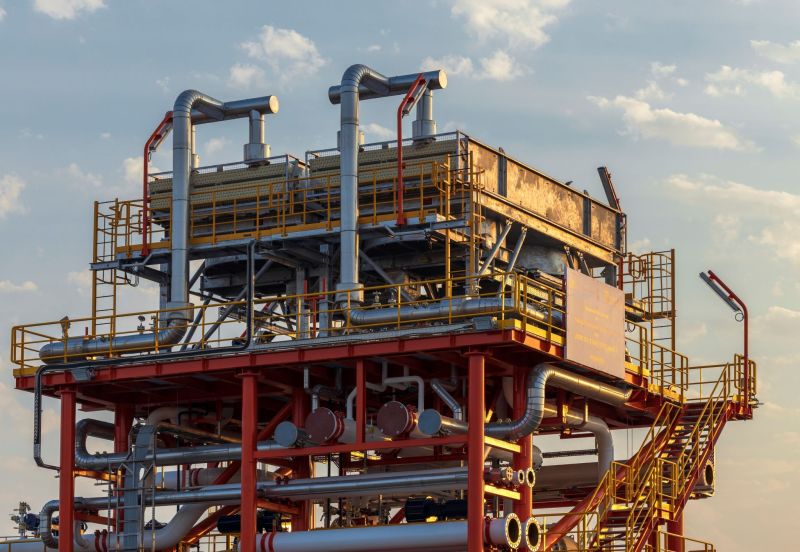Carbon Steel
A steel whose mechanical properties depend primarily on the carbon content of the steel and to which no significant alloying elements are generally added, sometimes called plain carbon or carbon steel.
Carbon steel, also called carbon steel, refers to iron-carbon alloys containing less than 2% carbon WC.
Carbon steel generally contains small amounts of silicon, manganese, sulfur and phosphorus in addition to carbon.
According to the use of carbon steel can be divided into three categories of carbon structural steel, carbon tool steel and free cutting structural steel, carbon structural steel is divided into two types of structural steel for construction and machine construction;
According to the smelting method can be divided into flat furnace steel, converter steel and electric furnace steel;
According to the deoxidation method can be divided into boiling steel (F), sedentary steel (Z), semi-sedentary steel (b) and special sedentary steel (TZ);
According to the carbon content of carbon steel can be divided into low carbon steel (WC ≤ 0.25%), medium carbon steel (WC0.25%-0.6%) and high carbon steel (WC> 0.6%);
According to the phosphorus, sulfur content of carbon steel can be divided into ordinary carbon steel (containing phosphorus, sulfur higher), high-quality carbon steel (containing phosphorus, sulfur lower) and high-quality steel (containing phosphorus, sulfur lower) and special high-quality steel.
The higher the carbon content in general carbon steel, the greater the hardness, the higher the strength, but the lower the plasticity.
Stainless Steel
Stainless acid-resistant steel is referred to as stainless steel, which is composed of two major parts: stainless steel and acid-resistant steel. In short, the steel that can resist atmospheric corrosion is called stainless steel, while the steel that can resist corrosion by chemical media is called acid-resistant steel. Stainless steel is a high-alloy steel with more than 60% of iron as the matrix, adding chromium, nickel, molybdenum and other alloying elements.
When the steel contains more than 12% chromium, the steel in the air and dilute nitric acid is not easy to corrode and rust. The reason is that chromium can form a very tight layer of chromium oxide film on the surface of steel, effectively protecting the steel from corrosion. Stainless steel in the chromium content are generally more than 14%, but stainless steel is not absolutely rust-free. In coastal areas or some serious air pollution, when the air chloride ion content is large, the surface of stainless steel exposed to the atmosphere may have some rust spots, but these rust spots are only limited to the surface, will not erode the stainless steel internal matrix.
Generally speaking, the amount of chrome Wcr greater than 12% of the steel has the characteristics of stainless steel, stainless steel according to the microstructure after heat treatment can be divided into five categories: namely, ferrite stainless steel, martensitic stainless steel, austenitic stainless steel, austenitic – ferrite stainless steel and precipitated carbonized stainless steel.
Stainless steel is usually divided by matrix organization:
1, ferritic stainless steel. Containing 12% to 30% chromium. Its corrosion resistance, toughness and weldability with the increase in chromium content and improve chloride stress corrosion resistance is better than other types of stainless steel.
2, austenitic stainless steel. Containing more than 18% chromium, also contains about 8% nickel and a small amount of molybdenum, titanium, nitrogen and other elements. Comprehensive performance is good, can be resistant to a variety of media corrosion.
3、Austenitic – ferritic duplex stainless steel. Both austenitic and ferritic stainless steel, and has the advantages of superplasticity.
4, martensitic stainless steel. High strength, but poor plasticity and weldability.
Post time: Nov-15-2023

